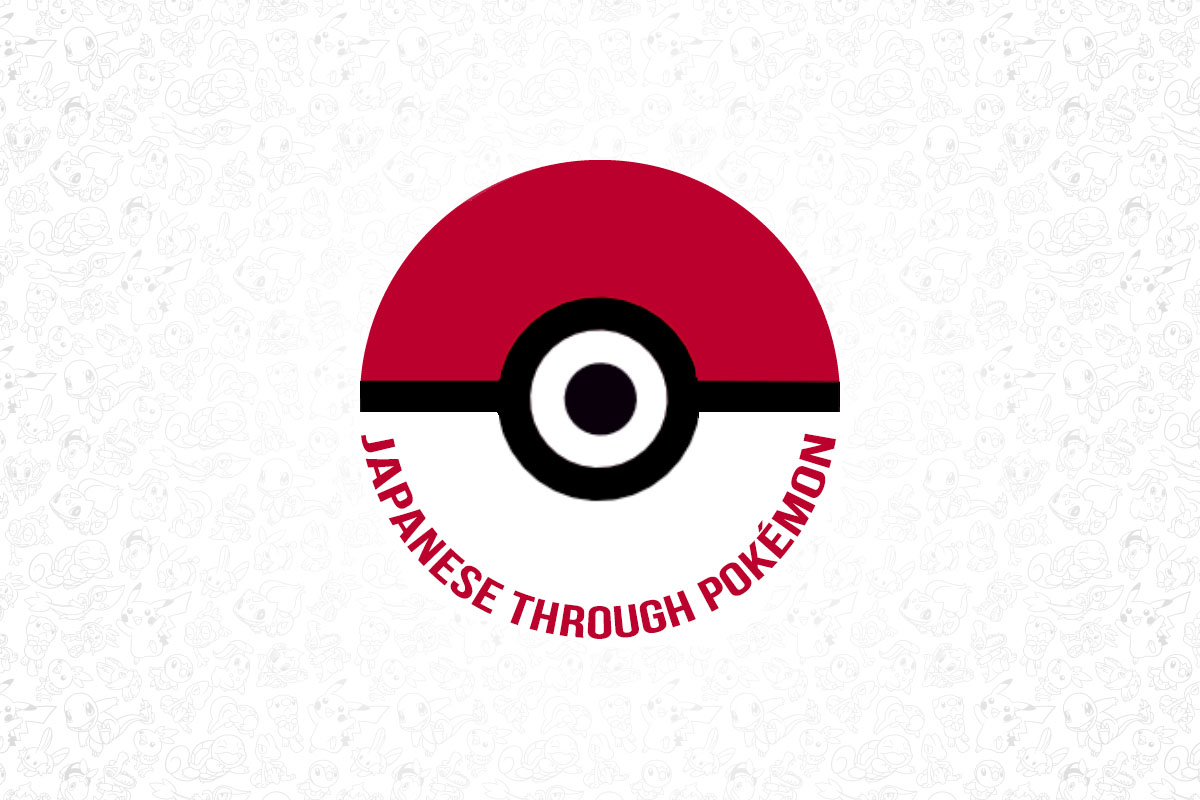Japanese Through Pokémon is a column dedicated to exploring the Japanese language through the context of Pokémon. Our goals are two-fold: help our readers gain a more well-rounded understanding of the series by learning about its Japanese roots and also to help people learn more about the Japanese language itself. This is written without any expectation of readers having knowledge about the language and if anything is unclear, let us us know down in the comments!
Continuing Class

In addition, there were several words we studied last week! Do you remember? Here are three questions for you to answer to check how well you were paying attention (no sleeping!). If you need the answers, they’ll be at the bottom of this post.
- What does fushigi (ふしぎ) mean?
- What is seed in Japanese?
- What is the meaning of hana (はな)?
Pokémon #004-006
Charmander is known has ヒトカゲ (hi-to-ka-ge, Hitokage) in Japanese. This is actually just the ancient Japanese word for salamander (火蜥蜴), which combines the meanings fire and lizard. Fire is 火 (ひ、hi) and it isn’t a difficult kanji to memorize because it looks quite fire-like itself. Lizard on the other hand is mostly written in katakana so you will most often see it as トカゲ (to-ka-ge, tokage). If people want to say salamander in Japan they usually simply say, “サラマンダー” (sa-ra-ma-n-daa, salamandaa). BONUS TRIVIA: The name ‘salamander’ is of Arab-Persian origins and originally meant “lives in fire” in its native language. It is believed that the amphibians were associated with fire because they would come out of logs when they were thrown on the fire. Poor little fellas!
Charmeleon‘s name is only notable for its supreme simplicity, lizard. The Japanese spell it リザード (li-zaa-do, Lizaado) but its meaning is as simple as that. Nothing even related to fire!
Charizard‘s name is only slightly more complex and it is known as リザードン (ri-zaa-do-n, Lizaadon). You may recognize lizard, ‘lizaado’, from its pre-evolution, but this time there’s an extra character at the end, the character for ‘n’. This is likely the combination of “lizard” and “-don” (ドン), as in the ending for many dinosaur names. It means tooth in ancient Greek.
Pokémon World
Today we’ll also be venturing further into the Pokémon world to highlight some differences between languages!


Those of you who kept up last week will probably recognize the beginning, fushigi, as mysterious, but why is it slightly different this time around? The ‘na’ (な) at the end is actually the proper way to connect what we call ‘na-adjectives’ in Japanese to nouns. This video breaks it down pretty well, even if the voices are slightly grating.
Vocabulary
At the end of a “lesson” we’ll try to highlight the important words. Normally we will write them in kanji with the hiragana, katakana and English syllables in parenthesis (in that order).
- トカゲ (とかげ・to-ka-ge): lizard
- 火 (ひ・ヒ・hi): fire
- リザード (りざーど・li-zaa-do): lizard
- ショップ (しょっぷ・sho-ppu): shop
- あめ (アメ・a-me): candy
Wrapping Up
I hope you enjoyed learning some word origins for Japanese Pokémon and learned some new vocabulary in the process! Charmander, Charmeleon and Charizard don’t have the most exciting backgrounds, but we did get to see some differences with Poké Marts and even got to build on last week’s vocabulary by looking at some “mysterious” candy (which you should never take from a stranger).
Study up and we’ll continue next week!
Answers: 1. Mysterious—2. たね—3. Flower

